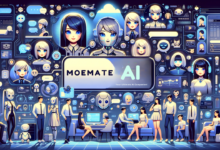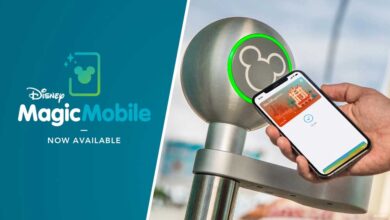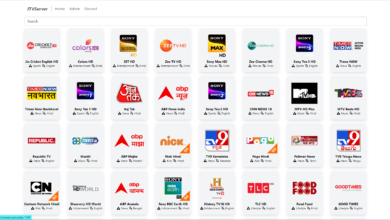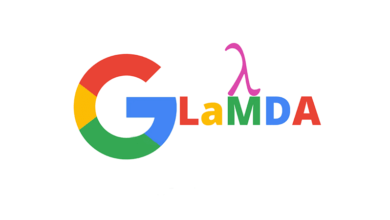Why and How AI is Changing Education in the Digital Age

Consider Alex, a student preparing for exams who finds it challenging to comprehend several challenging arithmetic ideas. But rather than paging through thick textbooks or waiting for a teacher to help, Alex just opens an artificial intelligence (AI)- powered study app that simplifies difficult ideas, offers individualized practice, and even delivers real-time answers to queries. The learning process becomes customized, easily accessible, and—above all—efficient in a matter of seconds.
This is not some far-off sci-fi scenario; it is already occurring. AI is changing education from primary school to college, making it more efficient, customized, and engaging. So, how does AI operate, and why is it changing education so drastically?
1. How AI is Changing Education
Education is, at its core, about learning and growth. However, traditional classrooms are typically one size fits all, and students with varying strengths, weaknesses, and interests are taught similarly. Customizing learning has been a Holy Grail for educators for years. Still, it can be overwhelming for one teacher to manage many students. Here’s where AI steps in.
i) Personalization Like Never Before
AI’s ability to analyze data is incredible, so it can track individual progress and find learning patterns. For instance, if Alex struggles with geometry but crushes algebra, AI algorithms can learn to focus on geometry exercises first. The result? A learning journey that feels custom-made and adapts to Alex’s specific needs.
ii) Engagement Beyond Traditional Lessons
Textbooks and lectures sometimes hold only some learners’s attention, especially not in an age where technology is ubiquitous. Learning with AI is more interactive and engaging. What if history lessons were like time travel or science labs where students experiment without limits? All these are possible now because of virtual reality(VR) powered by AI. AI can help make learning an exciting adventure instead of a chore by sparking curiosity and keeping students engaged.
iii) Access for All
Quality education is hard to come by in remote or under-resourced areas. But AI-driven platforms are changing this. AI-powered tutoring programs make world-class resources and guidance available to students from anywhere in the world. AI levelled the playing field from language learning to advanced math, giving everyone a chance to get a quality education.
2. How AI is Changing the Learning Experience
While AI in education is a future thing, it’s also a multi-dimensional tool starting to make a real difference. Here’s a closer look at some specific ways AI is revolutionizing education:
i) Intelligent Tutoring Systems
What if you had a tutor who was always there, never tired, and adjusted to the student’s pace and style? AI-powered tutoring systems provide personalized guidance, answer students’ questions, and change the difficulty of problems in real-time. AI tutors don’t replace teachers but help students at home when needed, supplementing classroom learning.
ii) Automated Grading and Feedback
Even hours or days of teachers’ time go into grading assignments, but AI can do this in a fraction of a second. Automated grading allows teachers to quickly assess everything from multiple-choice tests to short essays, freeing time for one-on-one student interaction. It’s not just about speed: AI can give feedback on common errors that students can learn from.
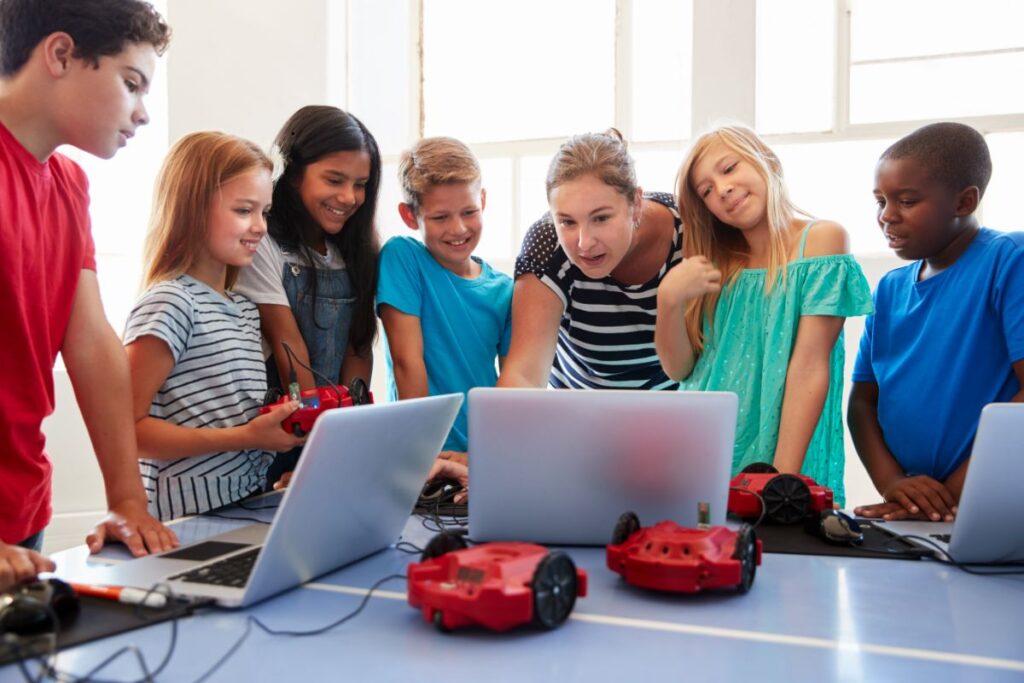
iii) Student Success Predictive Analytics
Many students struggle or drop out yearly for various reasons, but warning signs are often missed. Predictive analytics can help AI spot these signs early. AI can track a student’s performance, attendance, and emotional engagement and flag students needing extra help. This means that schools and colleges can support more students in reaching their potential.
iv) Language Learning Assistants
AI excels at the constant practice and feedback needed to learn a new language. Applications such as Duolingo use AI algorithms to monitor students’ learning and adjust the content accordingly. Through games, quizzes, and real-time conversations, this approach has made language learning faster and more engaging, allowing students to interact and improve.
v) AI-powered VR and AR Immersive Learning
Do you remember when you used to read about ancient civilizations in a textbook? Imagine walking through a virtual Egyptian pyramid or ancient Rome and learning about its history. Virtual and augmented reality (VR and AR) combined with AI allows students to learn in ways never imagined. Subjects come alive in these experiences, memories, and understanding that stick far beyond the classroom.
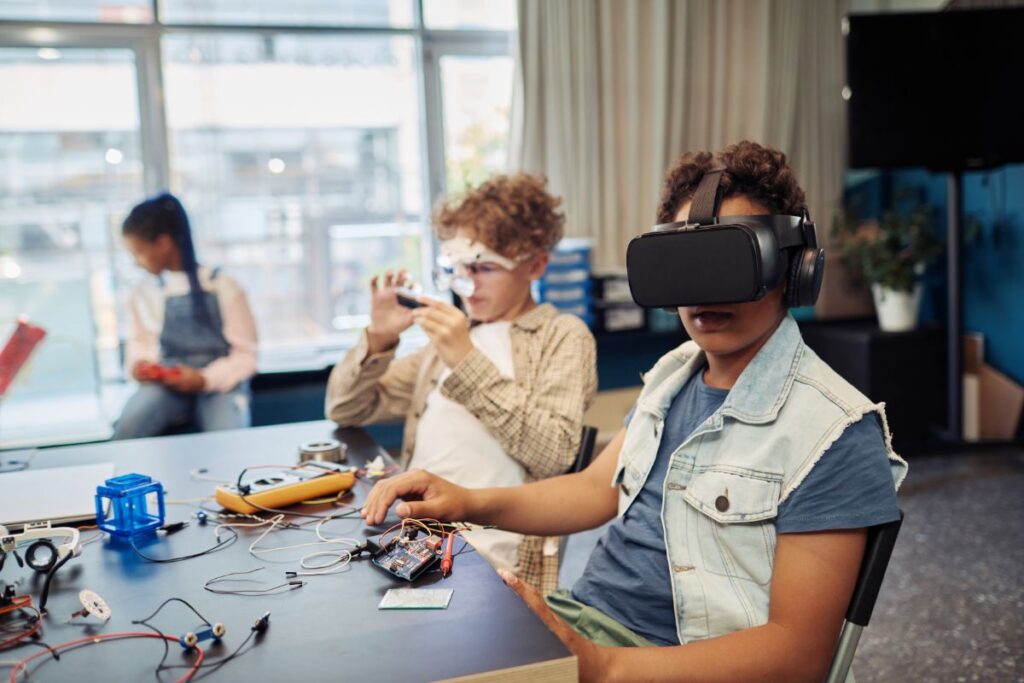
vi) Making Accessibility and Inclusivity Better
AI tools are a lifeline for students with disabilities. For example, speech-to-text tools assist students with writing issues, while real-time captioning assists those who are hard of hearing. AI-powered software can create lesson content that can adapt to every student’s ability and can learn effectively. The best part? Most of these tools run in the background so students can concentrate on learning without feeling signed out.
3. But What About the Teachers?
The reality is that some people are afraid that AI will replace teachers. AI is a great assistant — taking over tasks like grading or lesson planning so teachers can focus on what matters: connecting with students, inspiring them, and the human touch that technology can’t replace. Picture teachers as coaches, helping students navigate the AI-powered resources they have access to. In this case, AI is not a competitor but a collaborator.
Conclusion
AI is no longer just a tool for better grades or faster learning—it’s a means to make education more inclusive, engaging, and personalized. Its role in education is one of support and empowerment: whether helping Alex ace that math test or encouraging students to investigate the mysteries of the ancient world, AI is there to help.
As parents, students, and educators, let’s welcome this change with open minds and excitement. After all, AI isn’t only about reinventing classrooms; it’s about creating a more curious, capable, and ready generation for the world ahead. And who knows? This technology could be the next significant AI breakthrough, inspiring a student.

